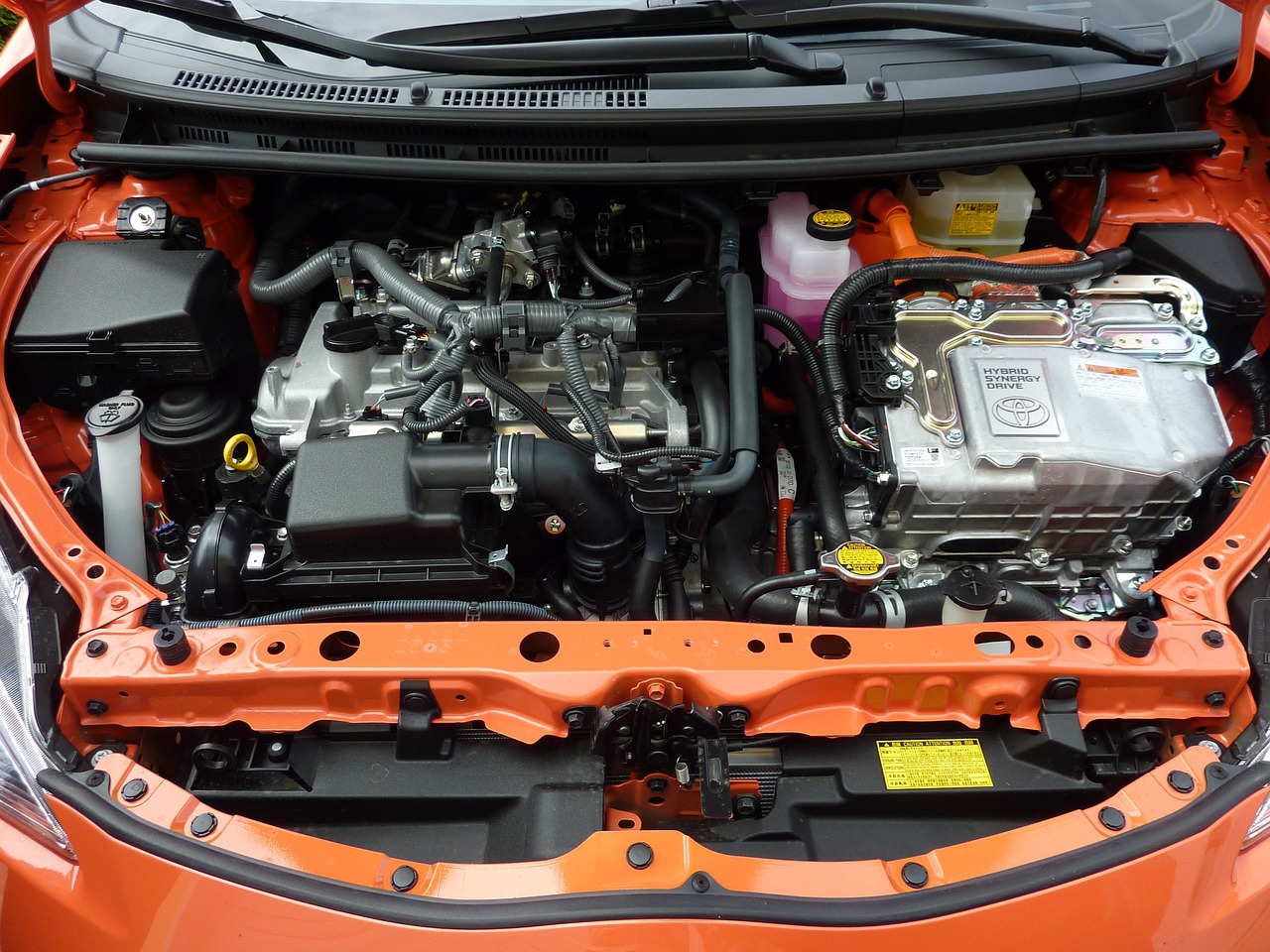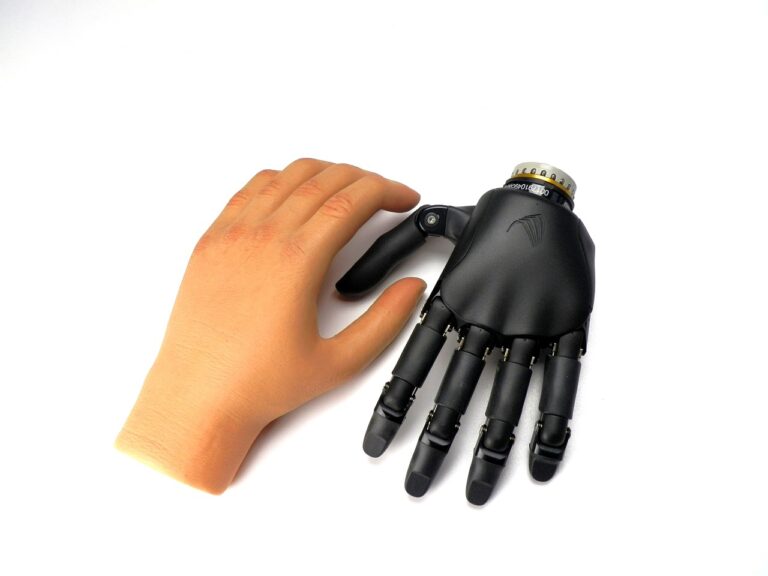The Role of AI in Predicting Disease Outbreaks in Endangered Species
Disease surveillance plays a crucial role in the conservation efforts of endangered species. By actively monitoring the health status of these vulnerable populations, wildlife managers can detect and respond to disease outbreaks in a timely manner. Early identification of diseases can prevent rapid spread within the population, ultimately helping to mitigate the impact on their survival.
Furthermore, disease surveillance allows conservationists to gather valuable data on disease prevalence and transmission dynamics within endangered species. This information is essential for implementing targeted management strategies to reduce the risk of disease outbreaks and improve the overall health of these at-risk populations. By investing in disease surveillance programs, we can better protect endangered species from the threats posed by infectious diseases.
Understanding the Impact of Disease Outbreaks on Endangered Species
Disease outbreaks in endangered species can have devastating consequences on their populations. When a disease spreads within a vulnerable group of animals, it can lead to a significant decline in their numbers. This decline can disrupt the delicate balance of the ecosystem, affecting not only the endangered species but also other organisms that depend on them for various reasons.
Furthermore, disease outbreaks can weaken the overall genetic diversity of endangered species. As these animals face challenges in combating the disease, those with genetic predispositions that make them more susceptible to the illness may be disproportionately affected. Over time, this can result in a population that is less resilient and less able to adapt to changing environmental conditions, further endangering their survival.
Utilizing AI Technology for Early Detection of Disease Outbreaks
AI technology has emerged as a promising tool in the realm of disease surveillance in endangered species. By analyzing vast amounts of data and detecting patterns that may not be discernible to the human eye, AI systems can help in early detection of potential disease outbreaks within vulnerable animal populations. This early warning system allows conservationists and researchers to swiftly intervene and implement measures to prevent the spread of diseases that could have devastating effects on endangered species.
Moreover, AI technology can assist in predicting the likelihood of disease outbreaks based on various factors such as environmental conditions, animal behavior, and past disease patterns. By continuously monitoring these indicators, AI systems can provide real-time insights that enable proactive decision-making to protect endangered species from the threat of diseases. This proactive approach not only helps in safeguarding the health of vulnerable animal populations but also contributes to the overall conservation efforts aimed at preserving biodiversity.
AI technology can analyze vast amounts of data to detect patterns for early detection of disease outbreaks in endangered species.
Early warning systems provided by AI allow conservationists and researchers to swiftly intervene and prevent the spread of diseases.
AI can predict the likelihood of disease outbreaks based on environmental conditions, animal behavior, and past disease patterns.
Continuous monitoring by AI systems provides real-time insights for proactive decision-making to protect endangered species from diseases.
Proactive approaches utilizing AI not only safeguard vulnerable animal populations but also contribute to overall conservation efforts for biodiversity preservation.
Why is disease surveillance important in endangered species?
Disease surveillance in endangered species is crucial for monitoring the health of populations and identifying potential outbreaks that could threaten their survival.
What impact can disease outbreaks have on endangered species?
Disease outbreaks can have devastating effects on endangered species, leading to population declines, reduced genetic diversity, and even extinction in some cases.
How can AI technology help in the early detection of disease outbreaks?
AI technology can analyze large amounts of data quickly and efficiently to identify patterns and trends that may indicate the presence of a disease outbreak, allowing for early detection and response.






